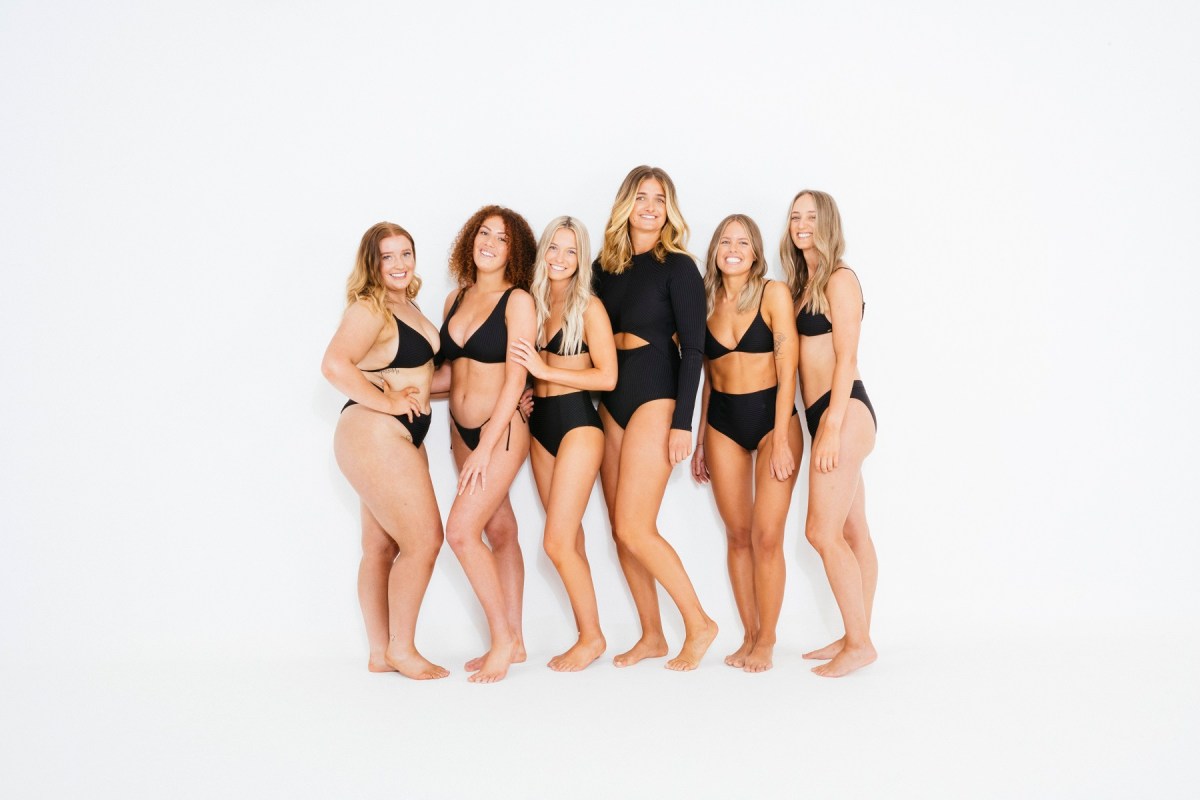Leading Australian surf brand, Rip Curl has launched an interactive bikini fit guide featuring its own employees as models.
As part of Rip Curl’s ‘Summer Looks Good on You’ campaign, consumers can view six rotating in-house models of different shapes and sizes to select a body type that best reflects their own. Users can then mix and match swimwear combinations to find their perfect fit.
The online tool helps find the best fit for activity versus beach time ensuring the right choices are made for bikinis and swimsuits which can keep their position in the surf.
According to Rip Curl senior swim designer, Natalie Bortolotto, the campaign was a thrill for the team to feature in.
“The Fit Guide came out of a desire for our customers to see more of themselves in our products and advertising,” she said. “We thought – why not start with our team, and put ourselves – the real people behind the brand – out there?”
Rip Curl retail assistant and one of six inaugural Fit Guide models, Loz Cameron said, “I love the sense of empowerment I feel when I’m in a bikini and owning my body with confidence.”
Evolving into expanded size ranges globally from XXS-XXL as well as cup sizes from DD-E, the brand is committed to becoming more inclusive by featuring models and athletes in a wider range of sizes.
The Rip Curl website will soon be updated with more models and athletes of diverse shapes and backgrounds to show customers the Rip Curl collections in a broader range of sizes.
The technology behind the Fit Guide was created by Melbourne video software business, Vudoo. This campaign used interactive video to create a highly tailored shopping experience for customers looking to find their perfect fit while shopping from the comfort of their homes.
Rip Curl associate creative director, Ash Reader said the technology shows the power of video in commerce with great customer feedback from customers about the ease when shopping for bikinis now.
“We are also pleased to see the insights we have readily available at the back end of the video technology. Through this we can see the common paths which were taken, what items were popular and what body shape is most common – all of which can help shape future decisions.”

